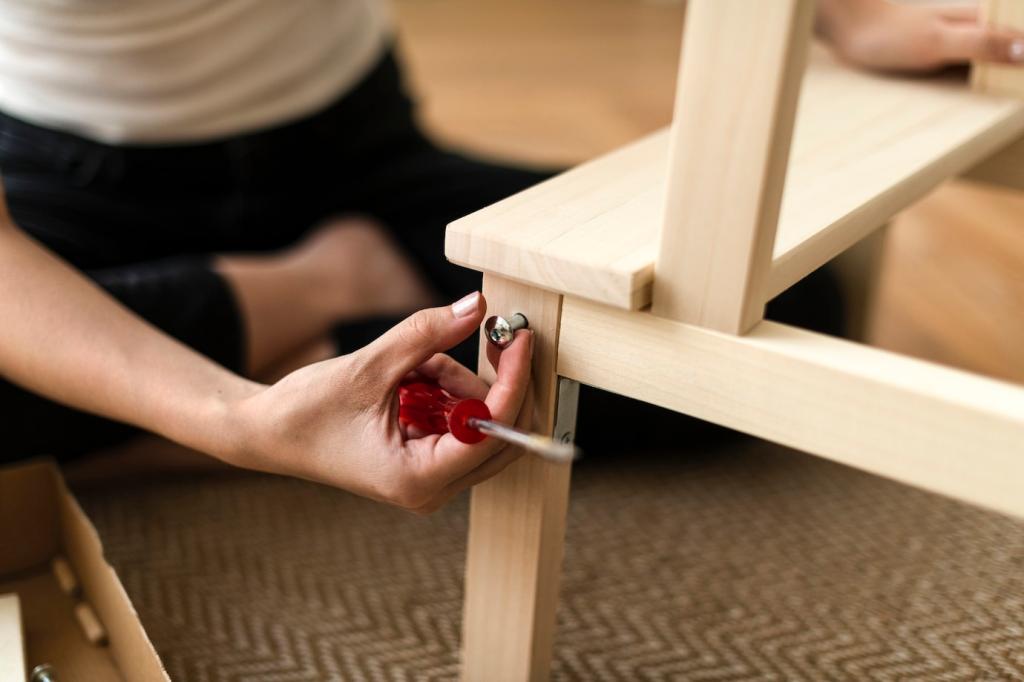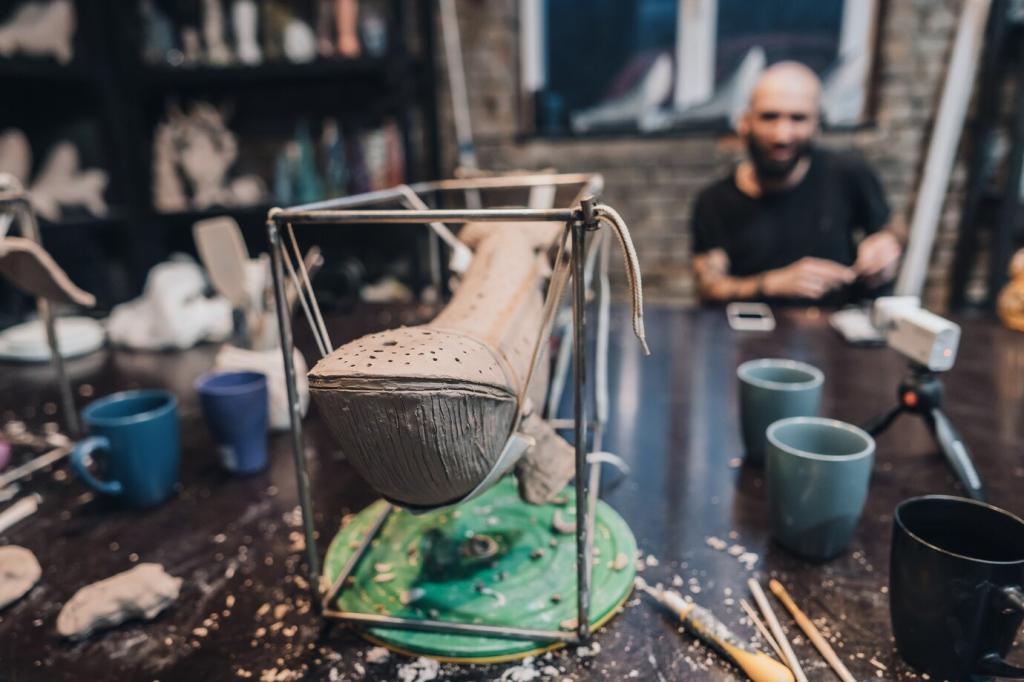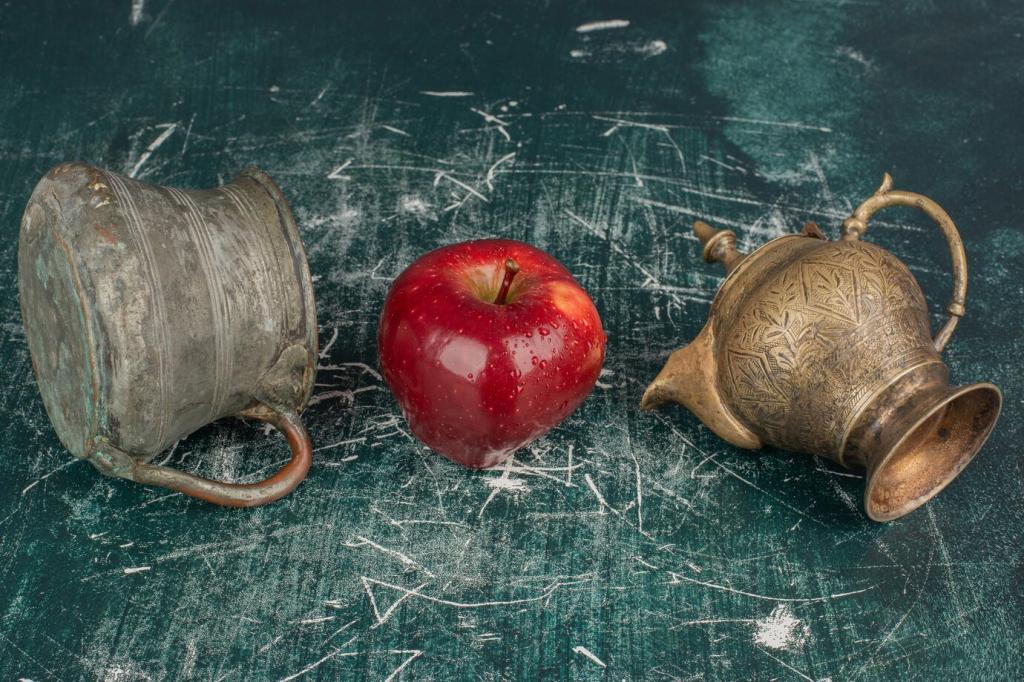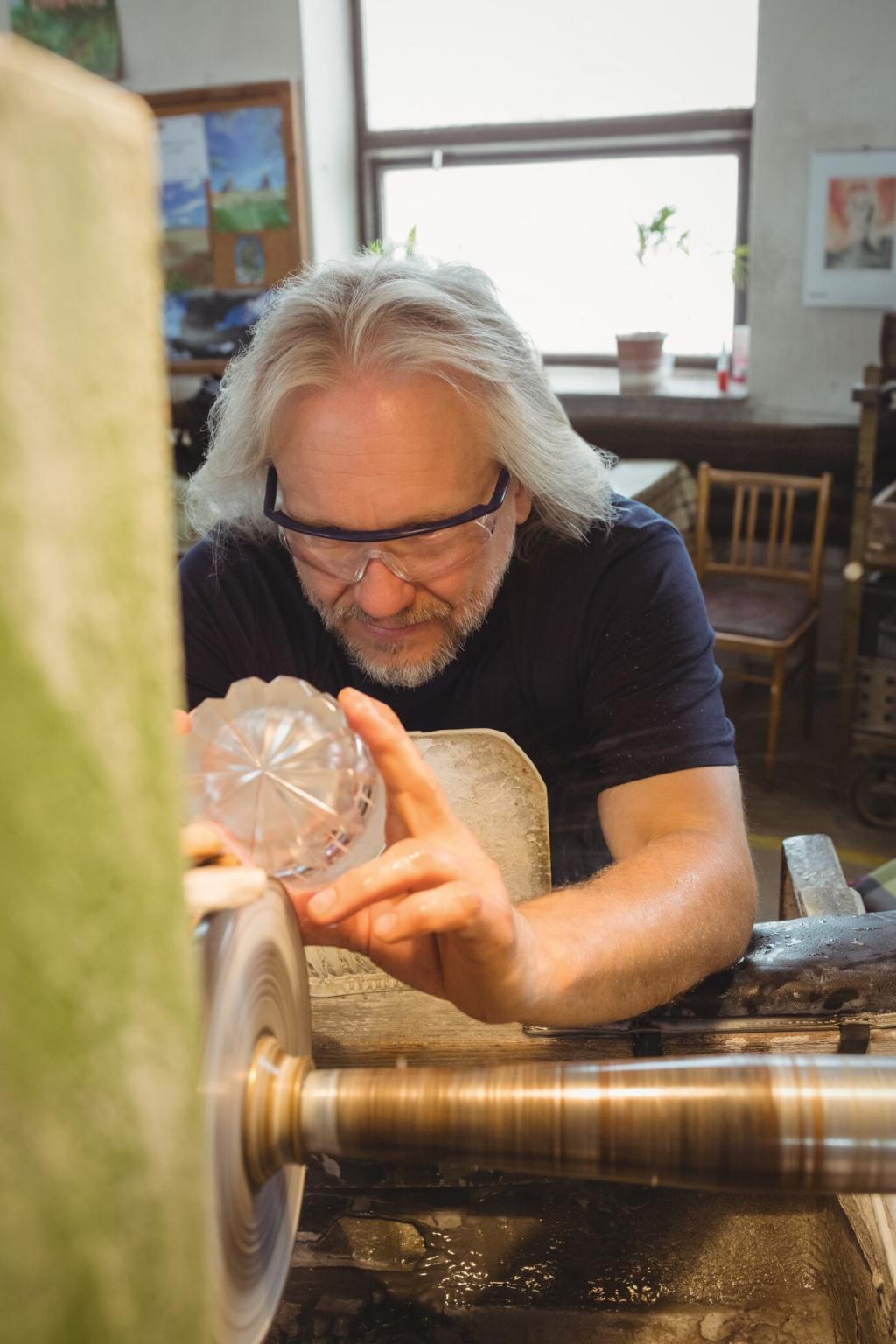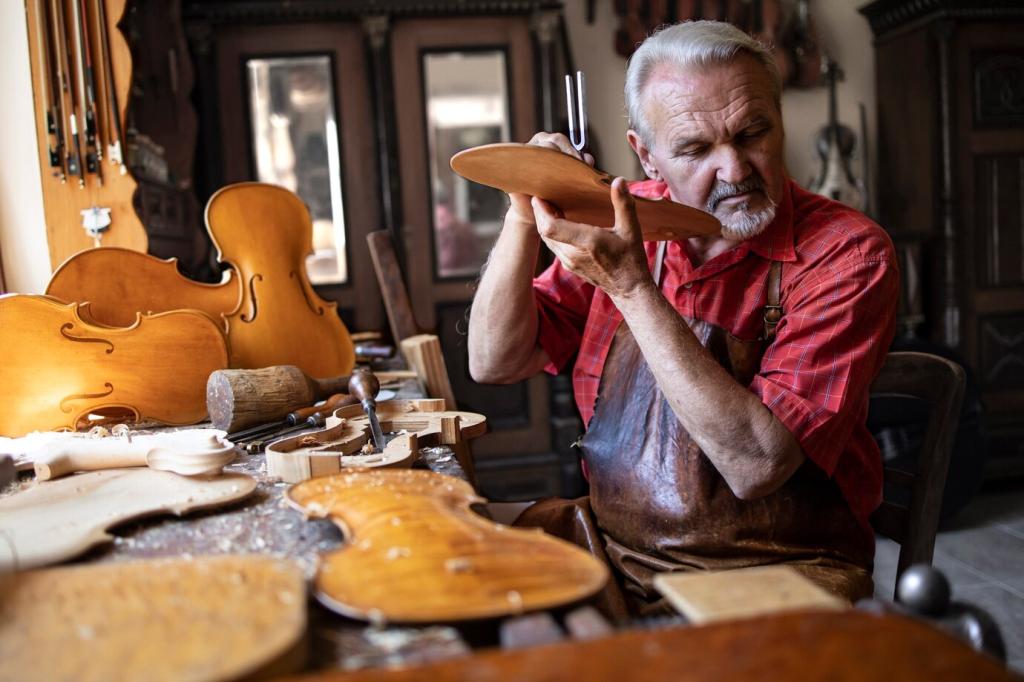Placement, Vibration, and Everyday Life
Avoid exterior walls that swing cold in winter and hot in summer. Keep antiques a little off vents and away from door blasts. Soft pads under feet reduce vibration, protect floors, and stabilize stance on subtle slopes common in older homes.
Placement, Vibration, and Everyday Life
Plan walking routes that don’t skim delicate corners or marquetry. Teach guests and kids a simple rule—hands off finished surfaces—and offer coasters generously. A bit of choreography preserves integrity without turning your living room into a museum.
Placement, Vibration, and Everyday Life
What microclimate tricks work in your home? Do you rotate displays, use UV film, or track humidity? Share your ideas below, subscribe for more preservation stories, and tell us which challenges you want demystified next.

